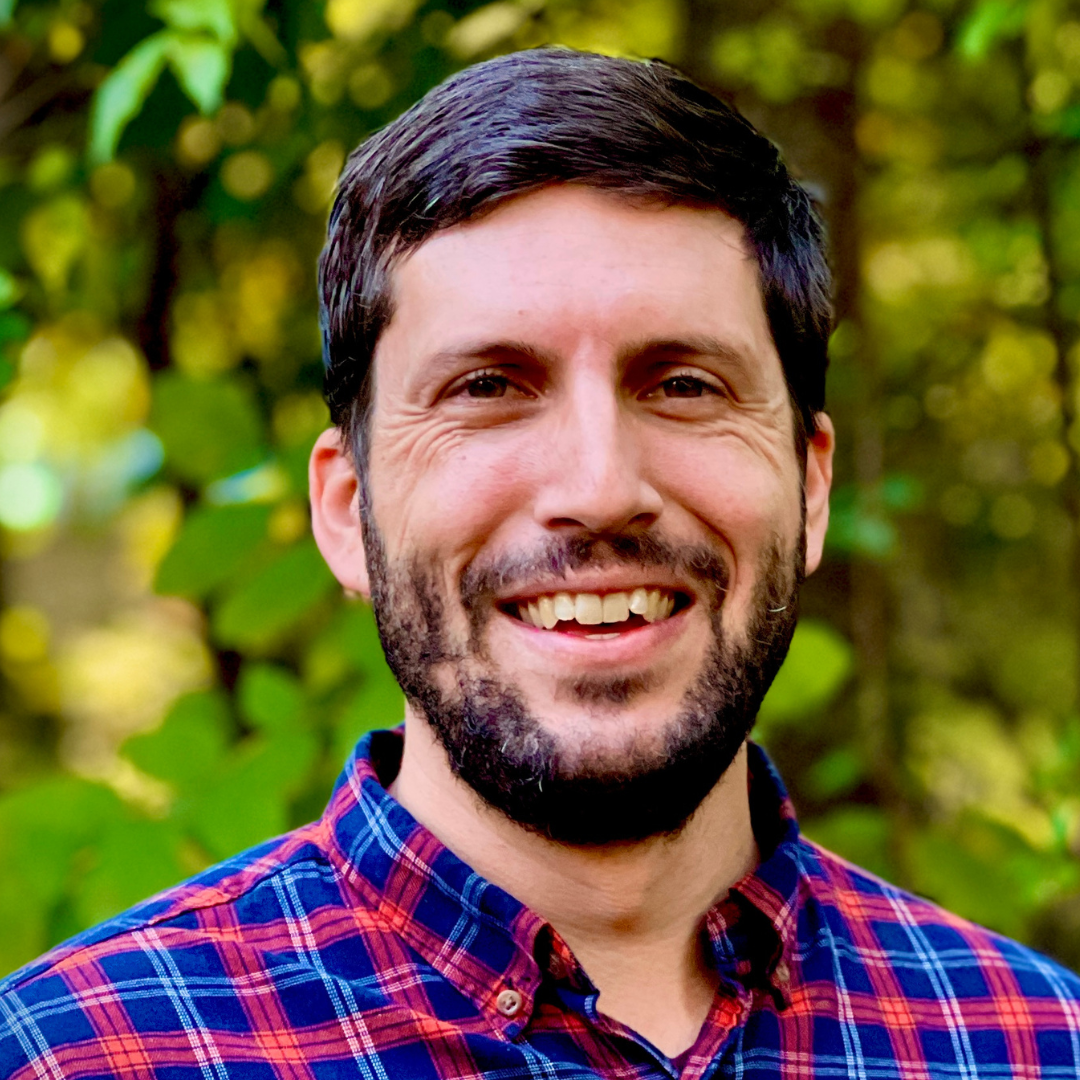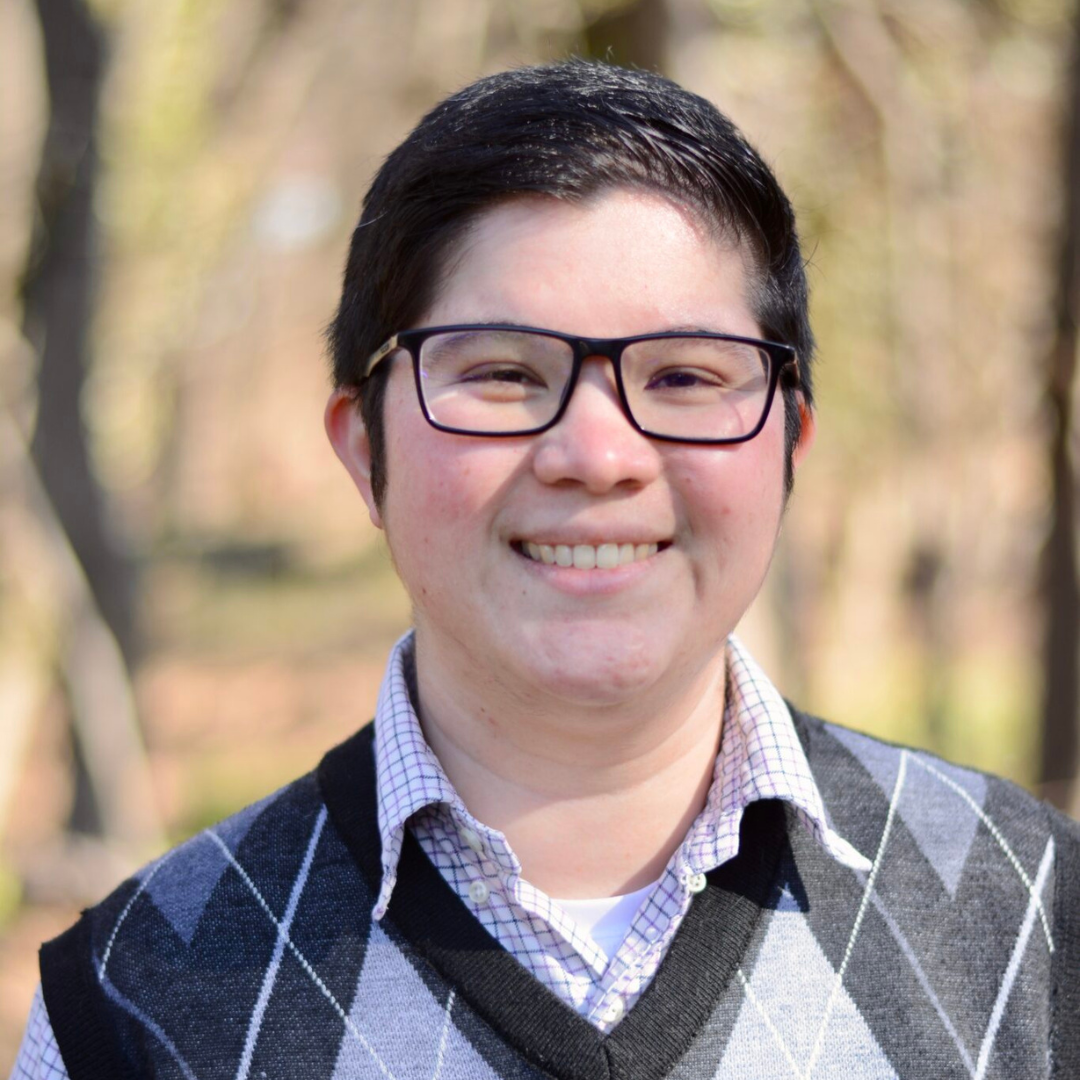Evolution
Change is always happening. Our communities and their cultures are in a constant state of being and becoming, learning from the patterns of the past and adapting to the new circumstances of the present. Change happens whether we intend it to or not. In every generation, Jewish communities face moments of reckoning when we realize that the ways our communities behave are not aligned with what we believe they could and should be. These disruptive, self-reflective moments provide opportunities to be proactive and intentional about how we change and to consciously direct the norms and behaviors of our communities to be as values-aligned as possible. This work is called culture change.
Change is not only about confronting challenges, but also about embracing the new possibilities that communal transformation unlocks. A culture of joy and gratitude for such possibilities reminds us why we embark on the path of change and empowers us to persevere through the inevitable discomfort that change engenders.
Living in Multiple Civilizations
Jews have always been influenced by the cultures of the larger societies in which we live. This cultural interconnection has given us many gifts and many burdens. We joyfully hybridize the gifts into our Jewish culture while seeking to resist and distance ourselves from the burdens. It is not always clear what outside influences will be gifts and what will be burden. One of our tradition’s best tools to discern which is which is talmud torah, or, sacred study. Talmud torah is the practice of delving deeply into our texts to surface not only previous generations’ thoughts, but our own current communal and individual values. In this way, talmud torah provides an authentic Jewish pathway toward changing our beliefs. We study for the sake of transforming ourselves and one another. Beliefs must change for behavior to change without reverting back to the majority’s cultural norms.
Anti-oppression talmud torah is the exploration of the history and ideologies of the inequitable world in which we live. It allows us to become more aware of the dehumanizing cultural norms all around us and opens up new pathways for cultural resistance. Through study for the sake of growth and change, we seek to become more conscious of the influences of “outside” norms that lessen the human worth of some individuals in others’ eyes and manifest in prejudice and discrimination—and how those influences unconsciously shape Reconstructionist community norms and individual beliefs and behaviors.
Jewish Community as a Counter-cultural Laboratory of Liberation
Synagogues are intentionally created communities that offer life-giving opportunities to establish alternative communal norms, policies, and behaviors that prioritize different values and commitments than those of the larger society within which we operate. Traditionally, we refer to this Jewish technology as “resisting assimilation.”
Through values-based decision-making and a robust commitment to Jewish life and practice, Reconstructionists can create and sustain community norms that are more aligned with our Jewish values than those of the larger societies in which we live. We can proactively choose how we love and care for one another within the sacred container of a covenantal community. We collectively commit to tochechah, “calling one another in” by naming harm when it inevitably happens; and to teshuvah, addressing harm to restore trust and justice. The commitment to this ongoing work of community upkeep is called communitarianism.
The Timeline of Change
Change is not a linear process. While many of us may hope to effect immediate, lasting changes to our congregations, realistically, we are unlikely to see the full cultural transformation of our communities in our lifetimes. We plant carob trees in the hopes that our grandchildren will eat from their fruits (Ta’anit 23a). We are not free to desist from tending the saplings of an ever-evolving, Jewish communal culture that serves the full range of the Jewish people and our fellow travelers that make up our communities.
The ultimate relational goal is to feel what happens to any of us with the same weight as what happens to most of us.
Priorities
The most impactful site for Justice, Equity, Diversity, and Inclusion work in synagogues right now is in our preschools, Hebrew schools, and teen programs. We have the opportunity to truly love and embrace the multiracial, gender-diverse generation of Jews growing up in our communities at this very moment. We must do everything within our power to keep them from experiencing the same patterns of harm perpetuated by external systems of oppression within our own Jewish spaces. Such patterns have made the Jewish community an unsafe and unwelcoming place for far too many of their predecessors. Ensuring that our JEDI work focuses on the needs of our children today gives them the greatest chance of belonging to Jewish communities in the future.
This kind of culture change is most powerful when it is reinforced at multiple sites in the community. When young Jews find the norms that embrace them in youth spaces are also practiced at Shabbat services, synagogue volunteer programs, and other sites of co-generational relationships, they see that they belong in every part of the community.
Furthermore, change is not for the young alone. All the generations of a community are constantly changing and should be invited to intentionally, and joyously, participate in our communities’ cultural evolution.
Our work for change within our communities is interconnected with our work for change within ourselves and our work to change the wider world. One domain cannot be sustained without the others. We must work on all three levels—the personal, the communal/interpersonal, and the external—simultaneously to affect true and lasting transformation.
How Many People Does It Take?
We do not need every single member of a community to consciously choose to adopt a new behavior for it to be widely practiced and normalized by a community. A small, visible, influential, joyful, and persistent group of leaders can create lasting cultural change through their positive, proactive example.
Similarly, we do not need every person in a community to fully understand and buy into the changes we seek to implement. In fact, the more “MiSinai” (“from Sinai,” i.e., as ancient and revered as the Torah itself) we can make something feel, the more likely it is to be widely adopted without resistance and to persist for future generations.
In a famous apocryphal story told in Reconstructionist communities (with many variations), a young child visits a neighboring synagogue for the first time and whispers to their parent, “I didn’t know that men could be rabbis.” We tell this story with pride, because it shows how we have successfully normalized non-male rabbis in our communities. The child had been successfully insulated from the sexism of the larger world and the assumed superior authenticity of male Jewish leaders. So too, we seek to make the transformations of the current moment feel irresistible and timeless, so that our children may continue to be confused by the biases of the world outside of their Reconstructionist Jewish homes as they grow and experience more and more of it. We dream of Jewish communities that expect diversity and inclusion as the norm and as cause for celebration.
The Work Is in the Relationships
Engendering a genuine sense of belonging requires genuine relationships. Seeking to build relationships across lines of difference is good, especially for those of us who already feel a sense of belonging in our Jewish community and who find that the current culture meets most of our needs. But as we seek to disrupt the social segregation that blocks the experience of belonging, we must be mindful. We should seek to know a person’s full humanity and not aim to satisfy our curiosity about our differences.
If a wheelchair user is only asked to give a d’var torah during Jewish Disability Awareness, Acceptance, and Inclusion Month, that community risks tokenizing them. They will likely stop saying yes to this annual request, and the congregation will miss out on the richness of their teaching the rest of the year in any number of other contexts and situations. It is important to hear marginalized congregants’ experiences, voices, and perspectives on all topics and not just when “we” are working on “their” issue.
The more we deepen these relationships in all parts of congregational life, the more we will be able to understand the nuances of one another’s lived experiences. The ultimate relational goal is to feel what happens to any of us with the same weight as what happens to most of us.
Inclusion Is Just the Beginning
We know that the wonderful people who populate our synagogues are not demographically reflective of all the Jews that populate the cities and towns we call home. Some people stay away from synagogue life because of religious differences, and some people stay away because of ideological differences. We accept that our small, religious, Reconstructionist tents will not be the right fit for all Jews and their fellow travelers.
But there are also Jews who would like to be a part of a synagogue community and have been turned away because of financial barriers, discrimination, and prejudice, or found that their basic access needs would not be met. The first steps of congregational culture change focus on opening pathways to belonging for those historically excluded and marginalized from mainstream Jewish institutional spaces.
But getting people in the door and ensuring they return is just the beginning of our culture change work.
As our communities diversify, new needs, opinions, perspectives, and lived experiences will challenge the assumptions of the previously established congregational culture. To successfully navigate these points of difference, congregations need to both:
- Clearly communicate the established norms and expected behaviors within the community and create accessible pathways to learning to behave within those community norms, and
- Create and maintain transparent processes for change, so communities can adapt to new needs and perspectives and continually transform their culture to reflect their evolving membership.
The Goal Is Joy
We call this culture change “work” in the sense of work as energy applied to move something. In this case, what we hope to move are hearts. Expanding the range of people our communities can comfortably hold means more room for all of us. We do this work to make our congregations and havurot better for everyone and to ensure all in our communities feel the full richness of one another’s gifts and contributions.
When we change, we inevitably grieve the loss of how things used to be. In the process of establishing more equitable norms, assumptions some of us could once easily and correctly make about our communities will be challenged by others of us. The key is to remember that we are all “us.” How joyous will it be to belong to congregations that welcome all our partners with the same knowing warmth; that provide paths for all our bodies and minds to teach, learn, and pray; that embrace children with different types of hair but the same smiles as their grandparents? The Jewish people is always changing, and the Jewish people has always been diverse. Let us choose to change for the good of all we are and are becoming—an erev rav, a mixed multitude, that journeys together towards the promise of life’s blessings.









